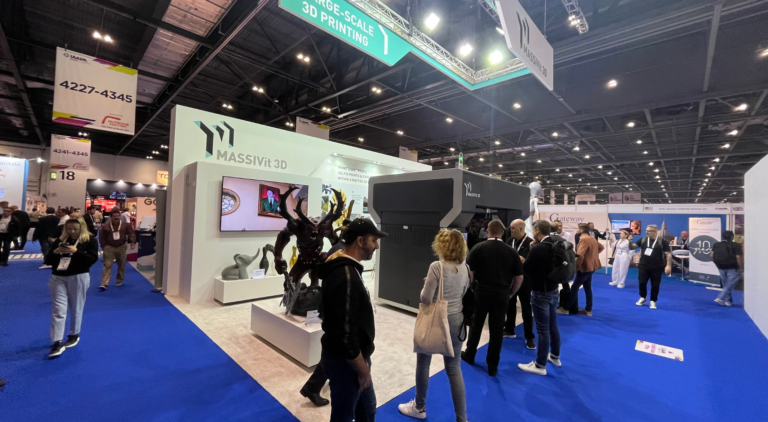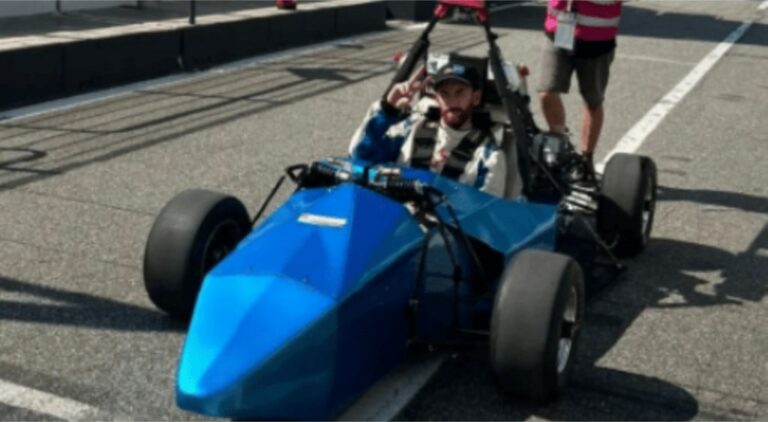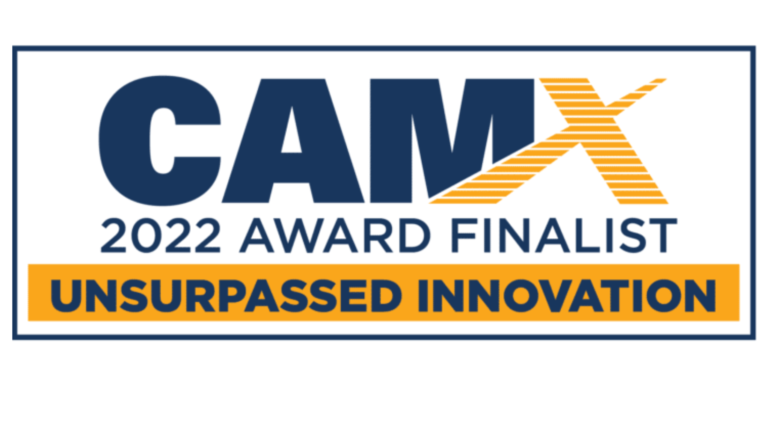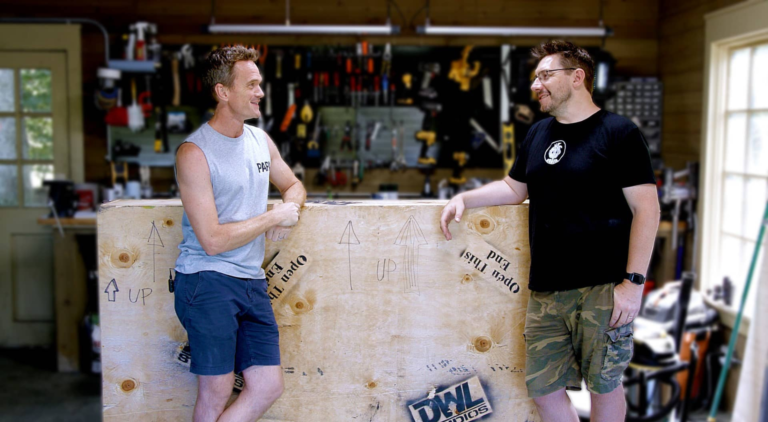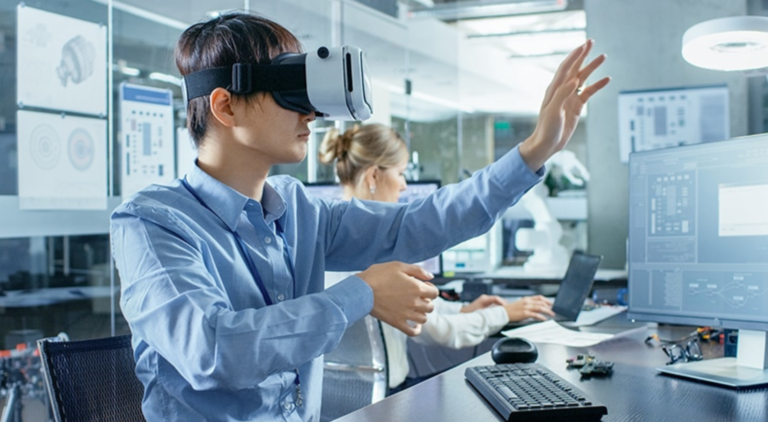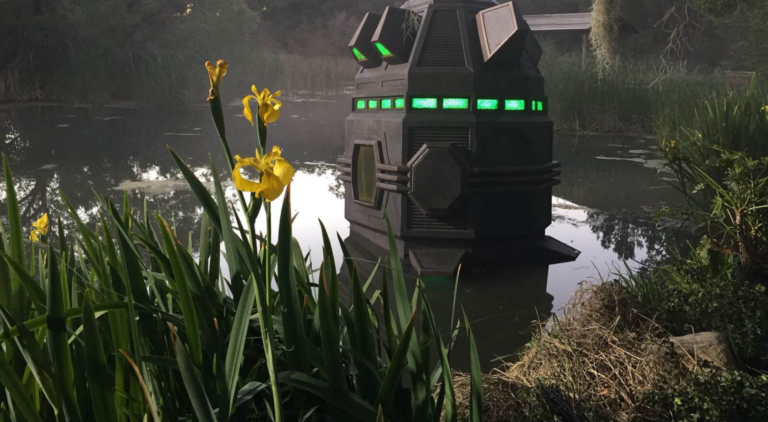Blog
The annual IAAPA Expo Europe has always been a feast for the eyes for anyone with an interest in attractions. The amusement park exhibition is Europe’s largest, and took place in London from Tuesday 13 to Thursday 15 September, with all areas of expertise from the leisure sector represented. The expo was held at the ExCEl conference center, where companies from the attractions industry presented their latest developments.
The overriding goal of large format additive manufacturing systems is to provide manufacturers with a fast and cost-effective method for producing a wide variety of low volume, highly specialized end-use parts.
Striving to solve old-age manufacturing challenges with new digital tech is in our DNA at Massivit. From research and development to product and customer support, creative problem solving and innovation are what drives us. But we’re always grateful to receive industry acknowledgement. 🙂
When you think about the process of manufacturing a boat, the last tool you’d think to use is a printer. But with the accelerated innovation of 3D printing, a printer is becoming a necessity to keep up with the competition, the demand and competitive costs.
In what’s quickly becoming our favorite YouTube collab, Neil Patrick Harris and Joel Telling – the 3D Printing Nerd – have teamed up yet again to work on a bespoke 3D printing project. Previously, NPH and Joel spent 87 days printing three 5’ x 4’ picture frames assembled from a ton of small parts for NPH’s house in the Hamptons. This time around, the duo used a Massivit printer to print a couple of 6’ x 4’ frames in just a few days.
Streamlined workflows, waste reduction, and complete customization are just a few of the many advantages that 3D printing, also known as additive manufacturing, brings to the table. It is therefore no wonder that the sports industry is quickly adopting wearables and equipment made by 3D printers.
The technology of 3D printing has made an impact on several different industries and has changed the way we view manufacturing procedures forever.
Embracing technology in education is the way forward for attracting, engaging and retaining students at schools and universities. Some technologies, such as 3D printing, have been extremely effective, offering a variety of uses in schools, universities, libraries, among other educational institutions. Literacy in 3D printing, which is also called additive manufacturing, has become a valuable skill, as it aids teachers and professors in their ability to teach, adapt, and engage students.
Additive Manufacturing (AM) has become one of the most disruptive forces revolutionizing a vast range of diverse industries such as transportation engineering, architecture, medical technology, and even education. Manufacturing industries like automotive, rail, marine, and aerospace are among those that have seen a larger degree of AM integration into the production pipeline.
New technologies bring with them immense possibilities. Generally, these breakthroughs are directed at improving our lives in a real practical way. Technology can make us safe, more efficient, or, with increased automation, just give us more time to ponder the wonders of the world.
Over the past few decades, we’ve witnessed immense growth and technological maturation in 3D printing. Despite this progress, clear drawbacks remained. So when the innovators at Massivit set out to develop large-scale Additive Manufacturing (AM) systems that would outsize and outpace anything the competition could offer, the significance of these goals was never in question.
The art of creating set design, whether for a movie, TV show, or play, has always been a challenging one. Production designers and art directors for entertainment have large teams that go hunting for the perfect telephone or wardrobe to be featured on the set of your favorite movies and shows.
No more posts to show


